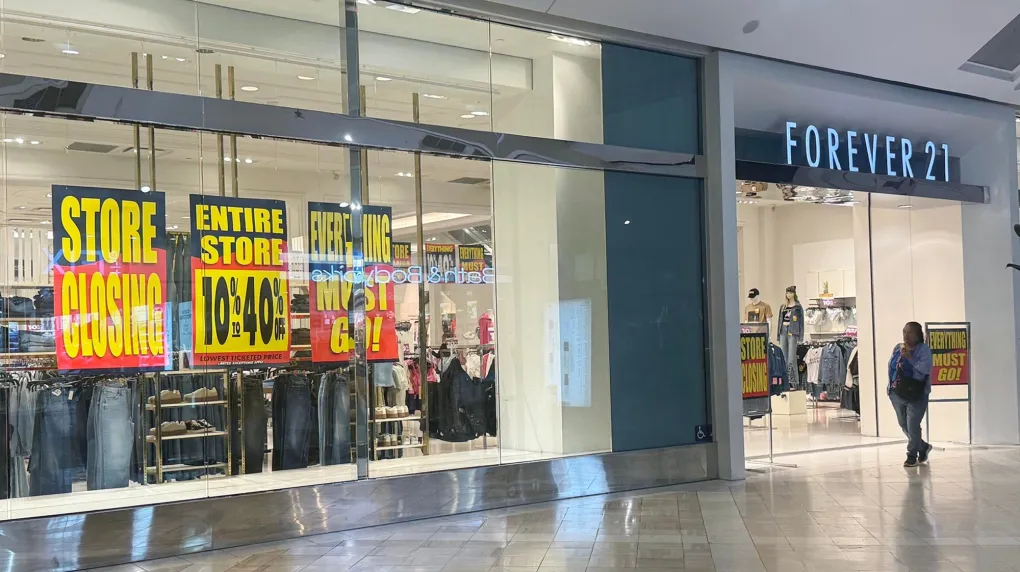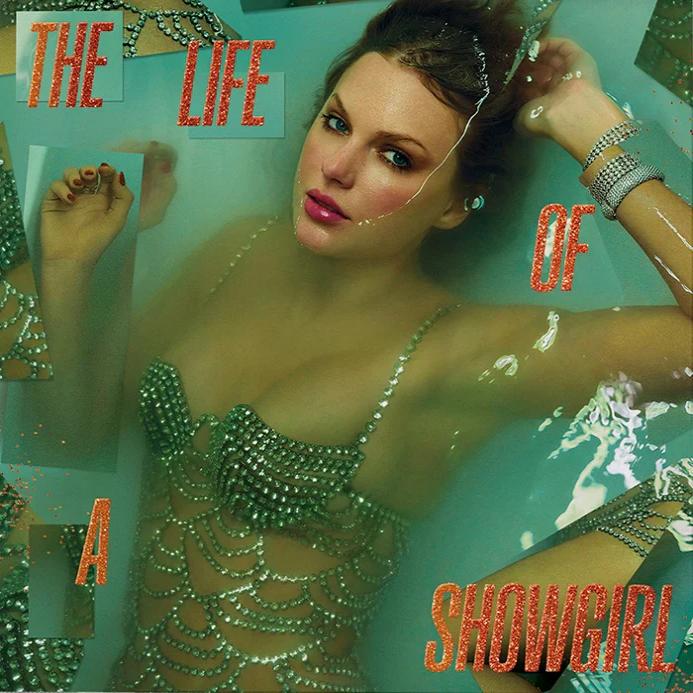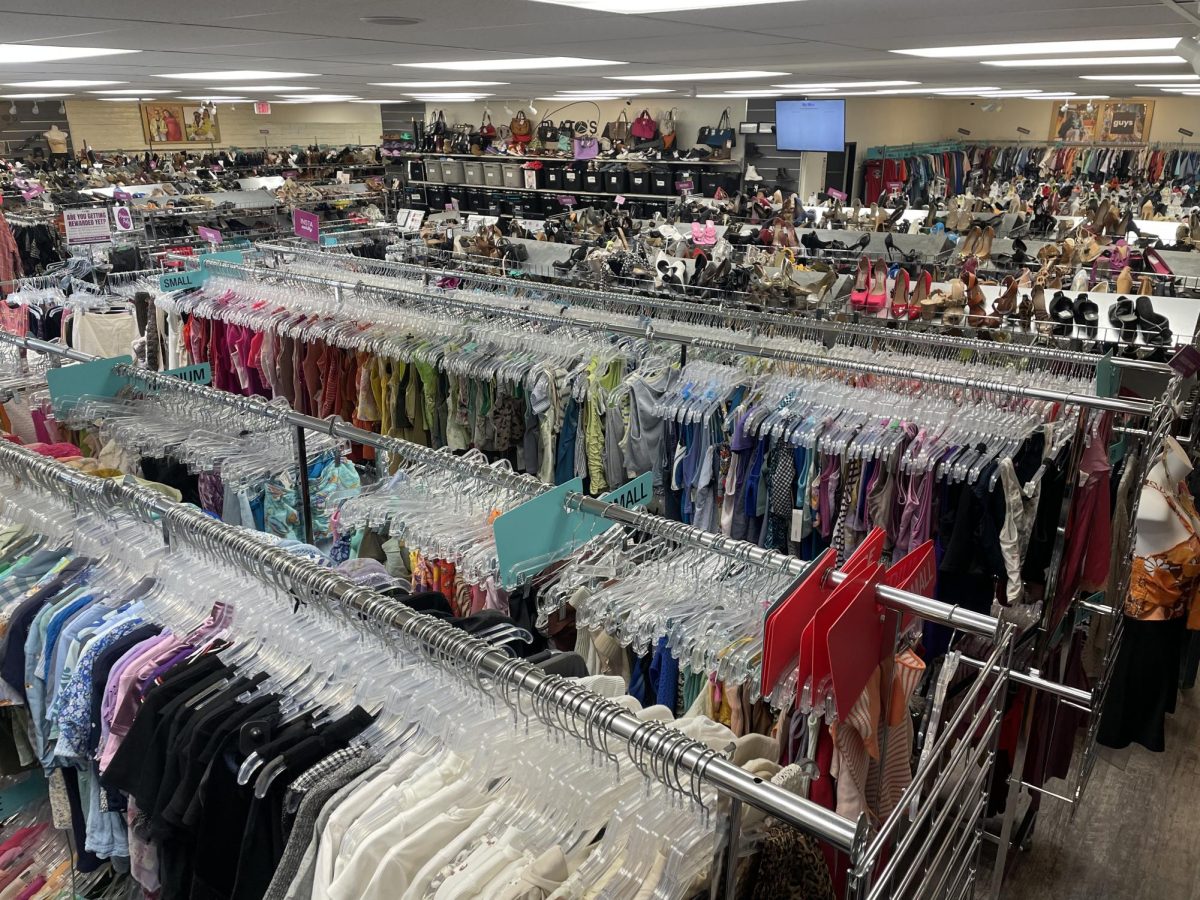The Great Lakes Crossing Outlets location of Forever 21 closed its doors earlier this year, marking the end of an era for many millennials and older Generation Z shoppers. After filing for bankruptcy in March 2025, the company shuttered all nine of their Michigan locations, and by spring, its North American presence had vanished completely.
The company was founded in Los Angeles by Do Wan Chang and Jin Sook Chang, an immigrant couple from South Korea in 1984. They modeled Forever 21 after similar fast-fashion stores found in their home country. Focused on selling trending styles for low cost, the original target market was the local Los Angeles Korean community.
Within a few years they expanded nationwide and by 2015, profits peaked at the eye-watering number of $4.4 billion. Before the advent of fast fashion online retailers, Forever 21 provided trendy and affordable clothing. For young consumers trying to stay on top of fashion trends and not break the bank, the company filled a gap in the market.
But the success was not built to last. Controversies plagued the company. Forever 21 was criticized for low quality clothes that quickly degraded. Jewelry sold by the retailer was found to contain the toxic metal cadmium and t-shirts sporting controversial slogans such as “Skool Sucks” and “Allergic to Algebra” received backlash. Lawsuits from designers claimed the company stole their designs and accusations of labor law violations further tarnished the brand’s image.
In the following years, the company was forced to downsize, pulling out of their Asian and U.K. markets. Malls were going defunct and online retailers such as SHEIN and Temu were gaining popularity, aided by quarantine measures imposed during the Covid-19 pandemic. By the time Forever 21 filed for bankruptcy in 2025, many of the stores had not made a profit in years.
Today, the fashion landscape is changing. Sustainability has become a core concern for young consumers. Retailers like Everlane and Reformation rose in popularity by prioritizing ethical sourcing, transparency and clothing durability despite the higher prices. Consumers are more aware that cheap clothing comes at a human and environmental cost.
While SHEIN and Temu continue to thrive, there is growing skepticism about the ethicality of their practices. In response, resale websites like Depop and Poshmark have gained incredible traction, allowing consumers to buy and sell used clothing and keep it out of landfills. Wearing thrifted or vintage clothing has become a badge of individuality and eco-consciousness.
Forever 21 once filled a critical niche providing stylish, affordable fashion for young people. But as people are increasingly concerned about over-consumption and its environmental effects, its fall serves as a warning that fast fashion’s days may be numbered.









